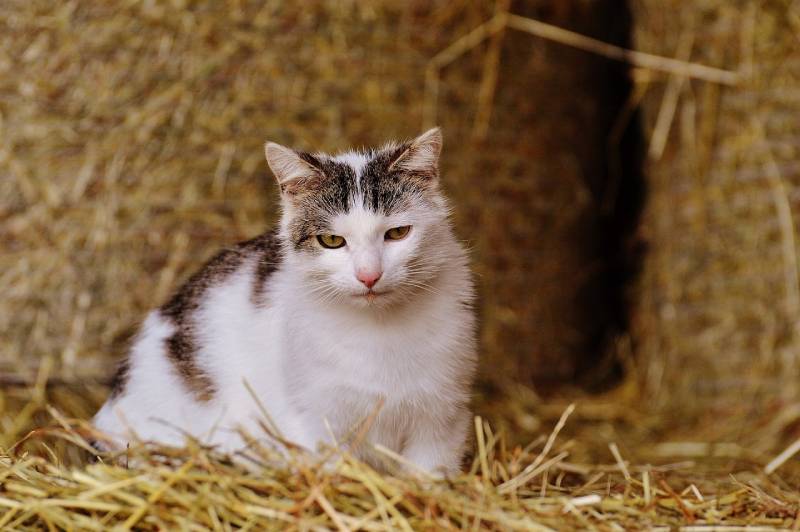As humans, we often consider ourselves to be the only ones capable of performing certain jobs. However, it might surprise you to know that even cats can do some of the jobs we consider exclusively human.
So, let’s explore eight jobs a cat can do and how they would accomplish them.
The 8 Jobs a Cat Can Do
1. Pest Control Officer
Cats are natural hunters skilled at catching small prey, such as mice and insects. As a pest control officer, a cat would be tasked with keeping a building or property free of pests. The ideal cat would succeed in this job by patrolling the area, catching any pests they come across, and bringing them to their owner as proof of their work!
2. Town Mayor
While it may seem unlikely, a cat could potentially serve as a town mayor. The job of a mayor is to represent the community and make decisions that benefit its members. As a mayor, a cat would fulfill this job by attending town meetings, making appearances at community events, and serving as a symbol of the town’s identity.
Of course, a cat would need human assistance to communicate with constituents and make important decisions. But having a furry feline as your town’s public figure could certainly provide lots of fun!
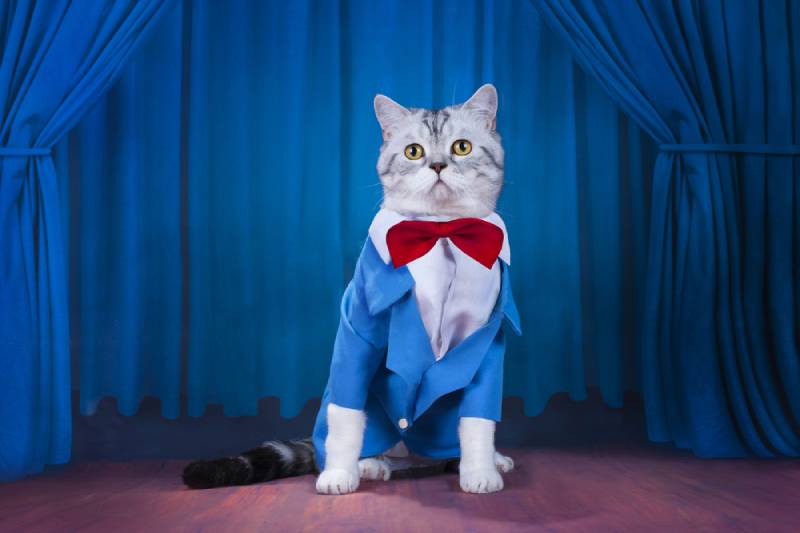
3. Actor
The innate elegance and stunning appearance of cats make them an ideal fit for acting roles. Acting opportunities for cats typically involve performing in films, TV series, or advertisements.
To perform these roles, cat trainers execute specific actions, such as sitting, lying down, or meowing on command. For most cats, these things come pretty naturally! With the right training and a lot of patience, cats can be trained to do impressive tricks and take on complex roles.
4. Barn Cat
Barns are often infested with rodents and other harmful pests that can damage crops and equipment. The role of a barn cat is to keep these pests in check. They can take care of business by regularly patrolling the barn and its surroundings and hunting down any rodents or pests they come across.
Plus, barn cats are great for keeping other animals away, such as foxes and raccoons. Perhaps best of all, they’re loyal and reliable workers that require little maintenance and upkeep.
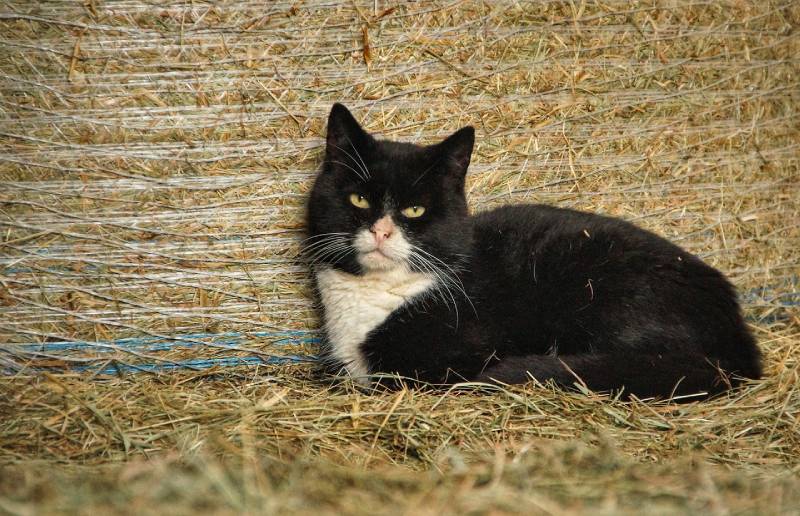
5. Emotional Support Animal
It’s a known fact that cats have a calming effect on people dealing with emotional issues like anxiety or depression. As an emotional support animal, the cat’s role is to offer comfort and support to their owner.
This is achieved through their constant presence and by allowing the owner to pet or cuddle, creating a steady and calming presence. Beyond being a soothing presence, cats can also be trained to do things like fetching objects, making them a great pet choice for those who want a bit of extra companionship!
6. Therapy Cat
Therapy cats are trained to offer emotional support to individuals in healthcare settings, such as hospitals and nursing homes. Their job is to visit patients in need of comfort and support. To fulfill this role, therapy cats need to be well-behaved and trained.
They should be comfortable with strangers petting and holding them while being a calming presence. If you’ve got a friendly and patient cat, they could make the perfect therapy pet.
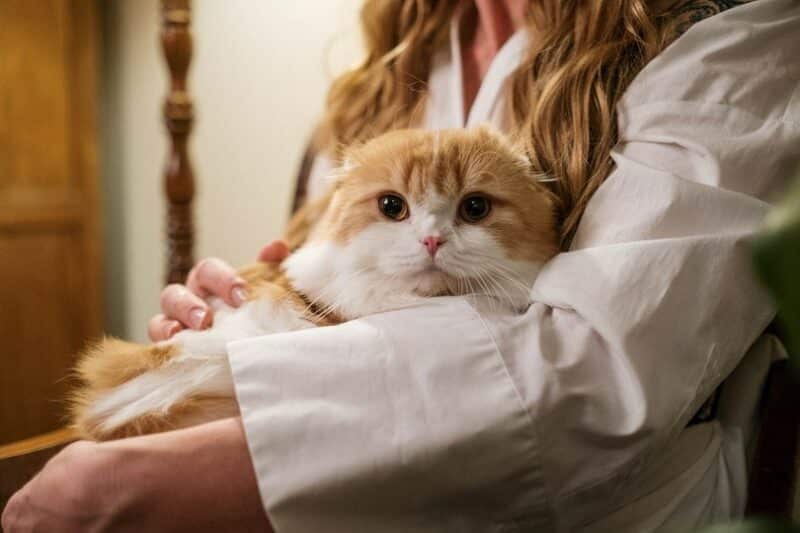
7. Security Guard
Cats’ exceptional sense of hearing makes them ideal for working as security guards. Their job would involve safeguarding an area by detecting any unusual sounds or movements and alerting their owner to them. To achieve this, cats would patrol the area, listen for sounds, and notify their owner by meowing or pawing at them.
8. Social Media Influencer
Social media is buzzing with cat content, and some cats even have millions of followers. If a cat becomes a social media influencer, they will have to create interesting content for their followers and advertise products or services. To do this, they will need to pose for pictures and videos, and their owners will upload them on platforms like Instagram and TikTok!
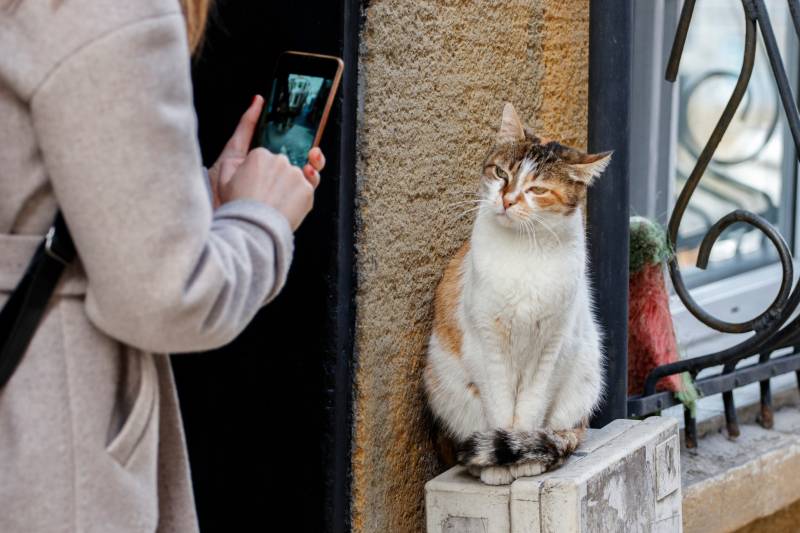
Tips for Finding Your Cat a Job
So, you’ve decided it’s high time Socks started pulling their weight around the house. You’re looking to give your cat a job, and you’ve heard of the eight different types of work cats can do. But where should you start?
Well, have no fear—finding your furry pal the perfect job doesn’t have to be daunting or difficult! Here are some tips that should make it easier:
- Consider your cat’s attributes and interests when deciding what kind of job they should have. Does your pet have a knack for hunting? Maybe consider training them as a mouser or rat catcher. Is your buddy more of the cuddle type? Cat therapy may be right up their alley!
- Make sure you choose an activity your cat will actually enjoy. If they don’t seem comfortable or excited about their task, they won’t be successful in it.
- Be patient and understanding if your cat doesn’t take to their job right away, as it may take some time for them to get the hang of things.
- Make sure you reward your cat for their hard work. Whether it’s with a special snack or extra snuggles, let them know you appreciate their efforts.
Finding the right job for your cat may take a bit of trial and error, but don’t give up! With the proper care and dedication, you can find Socks that perfect career path in no time.
Conclusion
These eight jobs should give you plenty of ideas for tasks you can offer your cat. Whether they’re helping to protect your home from rodents or providing therapy to people in need, cats have a special ability to make life a little brighter. And with the right job, yours will be able to do just that!
Featured Image Credit: Alexas_Fotos, Pixabay

